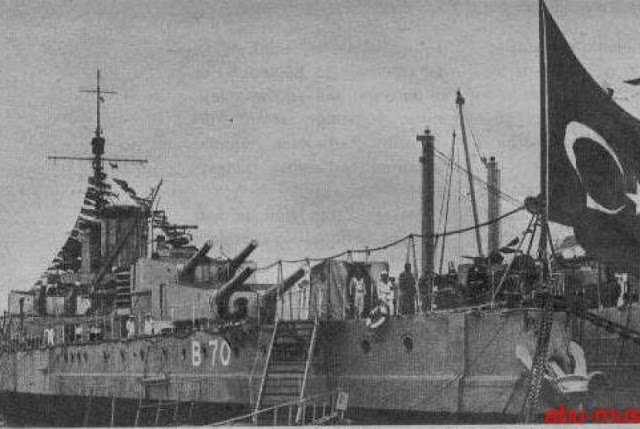HISTORY OF PORTUGUESE VESSELS IN KUANTAN KING BIREUEN

The expedition was launched after the sending of an ambassador by Sultan Alauddin al-Qohhar (1539-1571) to Suleiman the Great in 1564, and possibly as early as 1562, requested Turkish support of the Portuguese.
The Ottoman-Ottoman Turks unofficially had been around since the 1530s. Sultan Alauddin al-Qohhar was eager to develop that relationship, to try to expel the Portuguese from Malacca, and expand his power in Sumatra. According to Fernão Mendes Pinto, the Sultan of Aceh recruited 300 Ottoman soldiers, some Abyssinians and Gujaratis, and 200 Malabar merchants to conquer Tano Batak in 1539.
After 1562, Aceh appears to have received Turkish aid that allowed it to conquer the Kingdom of Aru and Johor in 1564.
The sending of the ambassador to Istanbul in 1564 was carried out by Sultan Husain Ali Riayat Syah. In his letter to Porte Usmaniyah, the Sultan of Aceh calls the Ottoman ruler as the Kholifah (ruler) of Islam.
After the death of Suleiman in 1566, his Selim II flag ordered the fleet to be deployed to Aceh. A number of soldiers, gunmen, and engineers were transported by the fleet, along with an abundant supply of weapons and ammunition. The first fleet consisted of 15 kitchens equipped with artillery, but was diverted to quell the uprising in Yemen. Finally, only 2 boats arrived between 1566-1567, but a number of other fleets and ships followed. The expedition was led by Kurdoglu Hizir Reis. The Acehnese pay the ship with pearls, diamonds and rubies. In 1568, Aceh attacked Malacca, although Turkey did not appear to participate directly.
The Ottoman taught Aceh how to make cannon, which in the end was widely produced. From the early seventeenth century, Aceh could boast of medium-sized bronze cannons, and about 800 other weapons such as rifle and arquebus swivel rifles. Ottoman Turkish fleet in the Indian Ocean in the 16th century.
The expedition led to the development of exchanges between the Sultanate of Aceh and Ottoman Turks in the military, trade, cultural and religious fields. The next ruler of Aceh continued the exchange with the Ottoman Ottoman Caliphate, and Acehnese ships were allowed to fly the Ottoman flag.
The relationship between the Sultanate of Aceh and the Ottoman Empire became a major threat to the Portuguese and prevented them from establishing monopolistic trading positions in the Indian Ocean. Aceh is a major Portuguese trading rival, possibly controlling more spice trade than Portugal, and the Portuguese is trying to destroy the Aceh-Turkish-Venetian trade axis for its own profit. Portuguese plans to attack the Red Sea and Aceh, but fail because of the lack of manpower in the Indian Ocean.
When attacked by the Dutch in 1873, Aceh sought refuge with its earlier acquiescence with the Ottoman Sultanate as one of its dependencies, but the claim was rejected by Western authorities fearing that past events were repeated. The fleet prepared to help Aceh itself was eventually switched to overthrow the Zaidiyah insurgency in Yemen.
I like this your conten..
It was very historical story. I like it.
Nice history.
this history is full of new science for me. thanks for sharing
Thanks for this story man
deep history intresting
good job
Much good info, thank you @evasantika
@evasantika